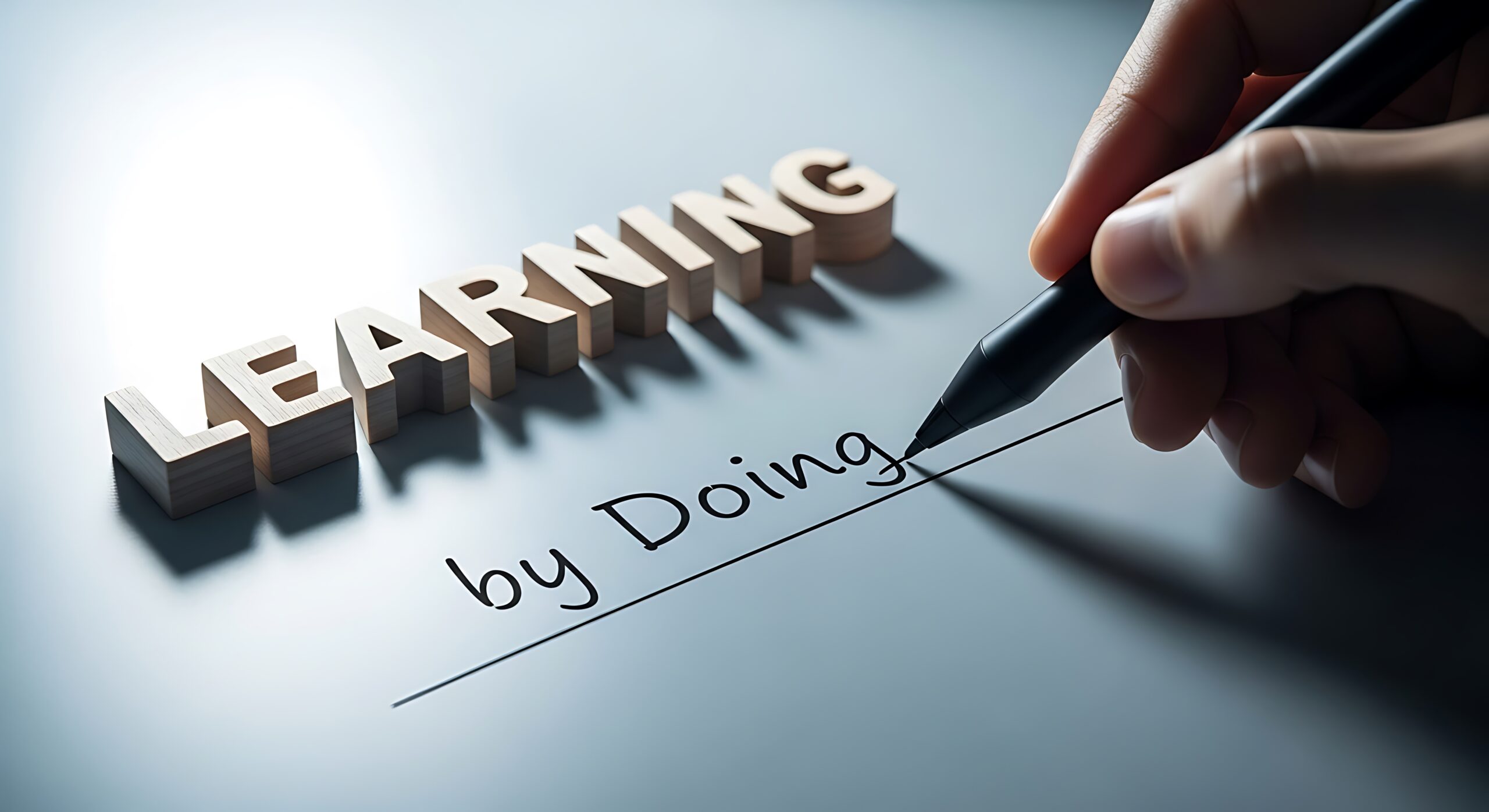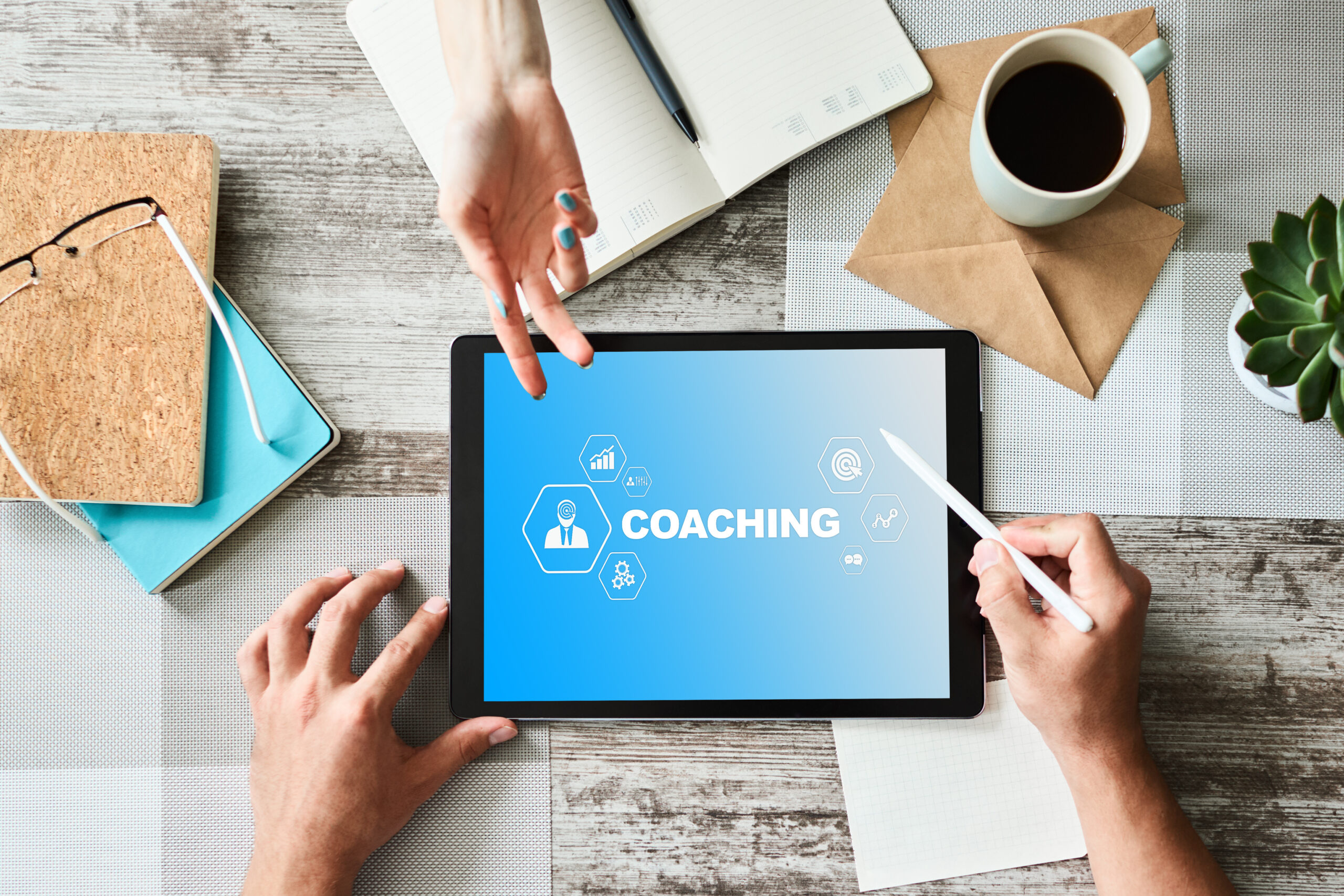Why capability demands rehearsal, not just retention: Practice builds capability, but it’s still missing from much of workplace learning. Helen Routledge argues that L&D has become too focused on content delivery, overlooking the psychological realities of how people truly learn. Without meaningful rehearsal, learning won’t stick, and performance won’t follow.
Most workplace learning still follows a simple formula: deliver content, test recall, tick the completion box. But as the demands on employees shift and the pace of change accelerates, L&D is being challenged to do more than deliver knowledge…we need to develop capability.
Practical rehearsal of skills is often skipped due to time, cost or logistical barriers
The missing link? Practice. In sectors where performance truly counts, such as aviation, medicine, and defence, practice has always been core to learning. But for many industries, practical rehearsal of skills, especially behavioural ones, is often skipped due to time, cost or logistical barriers. That’s beginning to change.
The knowing-doing gap
Exposure to content, even well-designed and engaging content, does not equate to competence. We’ve known this for decades. Cognitive psychology reminds us that it’s not just exposure that builds expertise, but the activation and strengthening of memory pathways through repeated use.
This is where schema theory comes in. Schemas are mental frameworks that help us organise and apply knowledge. But they don’t form by watching a video or attending a webinar. They form when the brain has to retrieve, apply and adapt knowledge in context, ideally under some form of pressure. That’s what embeds learning for future use.
Simulated pressure, real capability
Virtual Reality (VR) and high-fidelity simulations are no longer fringe tools, they’re becoming mainstream in L&D strategy, especially for industries where mistakes have consequences. What these methods allow is safe failure. People can rehearse decision-making, communication, and even crisis response without risk. And crucially, they get immediate feedback.
Psychological safety is often cited as essential for high performance. The same principle applies in learning: we need environments where people can stretch, stumble, and strengthen their skills before they’re required to perform when it counts.
Trends pointing forward
There’s growing recognition that capability isn’t a one-off achievement. It’s built over time, through cycles of action, reflection and adaptation. That’s why more L&D teams are integrating practice-based learning models into their design, shifting away from content-heavy courses towards immersive, spaced, and feedback-rich experiences.
This isn’t about replacing traditional training. It’s about evolving it. Practice doesn’t have to mean expensive tech or a major overhaul. It can start with scenarios, role-plays, simulations or even social learning activities that encourage application over absorption.
The organisations that thrive in uncertain environments will be the ones who build muscle memory into their teams, not just knowledge banks. Learning that ends at content completion isn’t enough anymore.
The question for L&D is no longer: “Did they finish the course?”
It’s: Can they do it when it matters?
Helen Routledge is CEO of Totem Learning Ltd



